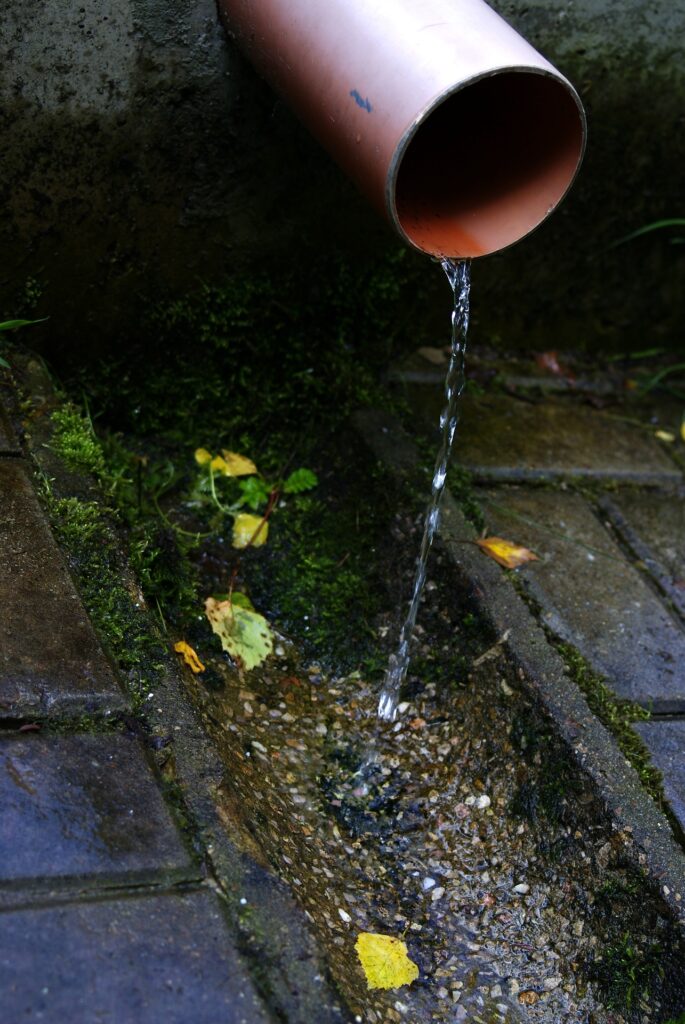
Researchers at Stanford University and Emory University have launched a nationwide initiative to monitor smallpox, COVID-19 and other infectious diseases in communities by measuring viral genetic material in wastewater.
The effort also seeks to provide health officials and the public with information about the
